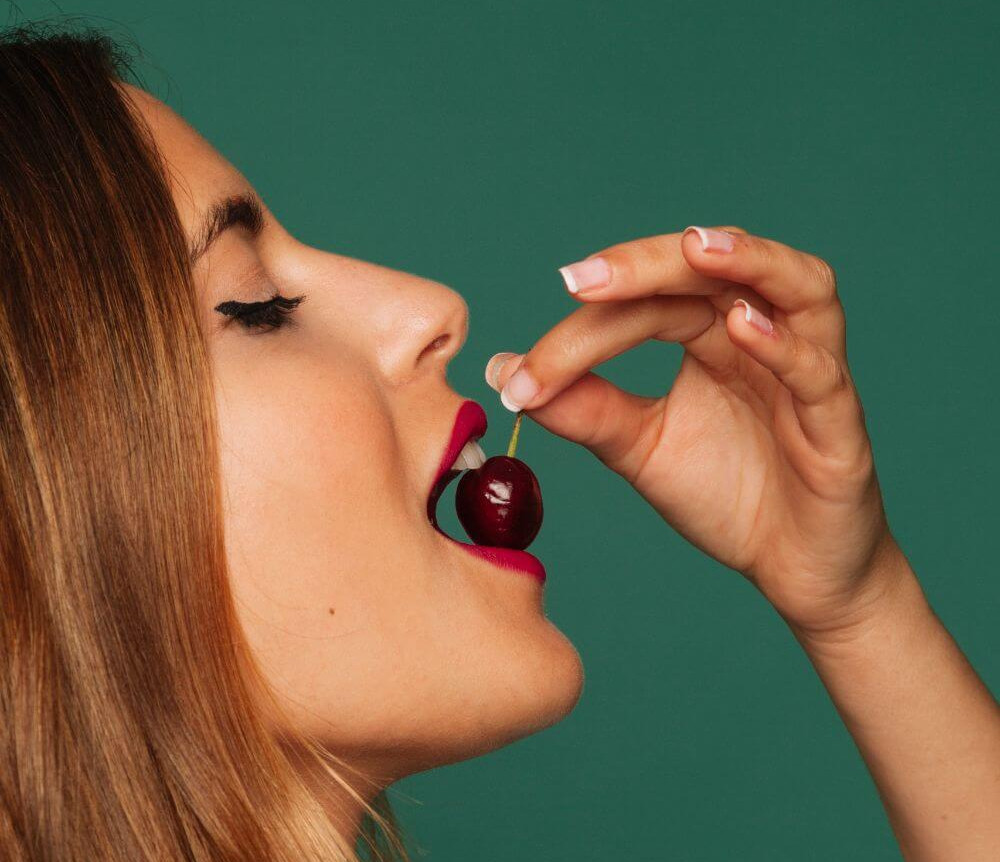A partnership born out of a crisis sparked one of the longest-lasting collaborations in the European agri-food sector. Espagry Ibérica, a company based in Malpartida de Plasencia, Extremadura, has been among the main suppliers of confectionery giant Ferrero for over thirty years, providing the cherries used in the iconic Mon Chéri chocolates. Behind this story lie quality, innovation, and determination.
Cherries made in Extremadura
It all began in the 1990s, when a poor cherry season in Italy forced Ferrero to seek new suppliers beyond national borders. Thanks to the contacts of Claudio Mantaut, already collaborating with the multinational for other raw materials, attention turned to Spain. This marked the beginning of the relationship with Espagry Ibérica, now led by Karina Bernasconi, Ricardo Mantaut, and partner Alessandro Alberti.
Founded in 1992 in Valencia with a commercial focus, the company made a strategic leap by relocating to the province of Cáceres, starting industrial processing in the heart of the cherry-growing region: the Jerte Valley. The first campaign, in 1995, was carried out with machinery borrowed from Ferrero and at the Navaconcejo cooperative; by the following year, Espagry had its own production line.
Strict standards and technology
The cherries destined for Mon Chéri must meet specific quality requirements, starting with a size between 17.5 and 20 mm. Despite their small size, quality is the key selection criterion. “We can't compete on price, but we can on product excellence,” Bernasconi emphasizes.
Each year, around 350 tonnes of cherries are processed just for Mon Chéri, with peaks reaching nearly triple that amount. After a rigorous selection, the cherries are immersed in alcohol, pitted, and shipped to Bulgaria, where they are prepared for chocolate filling in Ferrero’s factories.
To ensure maximum precision, the company recently invested €200,000 in an AI-powered selection system to further refine the process.
International markets and the USA
Espagry also processes larger cherries (over 22 mm), using them for other purposes such as frozen or preserved products, thanks to treatment with sulfur dioxide, which maintains quality for up to two years.
A significant share of production (between 5% and 7%) has traditionally been exported to the United States, where the fruit is used in cocktails and pastry. However, during the Trump administration, tariff-related tensions temporarily halted these exports, affecting part of the company's turnover, which currently stands at around three million euros.
Export focus and continuous innovation
Espagry’s business is heavily export-oriented: 90% of its production is shipped abroad. In addition to cherries, the company also processes smaller volumes of other fruits such as chestnuts, figs, and strawberries.
New product lines have also been launched, including dried fruit for snacks or energy bars. “We’ve started sending samples and collecting initial feedback from the market,” the company reports.
Lastly, the new generation has entered the scene with the launch of the Be Cherry brand, created by Thais and Ainhoa. This is a natural cosmetic line based on the antioxidant and vitamin-rich (A and C) properties of cherries, designed for consumers who care about wellness and product origin.
A supply chain with a long-term vision
The story of Espagry Ibérica is a tangible example of how quality and the ability to innovate can turn a crisis into an opportunity. From hand-picking in the Jerte fields to the liquor-filled heart of Mon Chéri, every cherry tells a story of excellence, technology, and vision.
Source: amp-elperiodico-com
Cherry Times - All rights reserved












